Description
Butylated Hydroxytoluene (BHT): A Common Preservative with a Complex Story
Butylated hydroxytoluene, or BHT as it’s more commonly known, is a synthetic antioxidant used as a preservative in a wide range of products, from food and cosmetics to pharmaceuticals and industrial materials. While it’s a ubiquitous ingredient, BHT’s story is more nuanced than a simple thumbs-up or thumbs-down rating. Understanding its purpose, properties, and potential concerns is crucial for making informed decisions about its presence in our lives.
Why is BHT Used?
The primary function of BHT is to prevent or slow down oxidation. Oxidation is a chemical process that occurs when substances react with oxygen, leading to degradation, rancidity, or discoloration. In food, this can manifest as stale bread, rancid oils, or discoloration of processed meats. In cosmetics, oxidation can lead to changes in texture, scent, and effectiveness.
By acting as an antioxidant, BHT essentially sacrifices itself to oxygen, protecting the other ingredients in the product from breaking down. This extends the shelf life, maintains the quality, and reduces waste – all significant benefits.
Where You’ll Find BHT:
You likely encounter BHT daily, often without realizing it. It’s commonly found in:
- Food: Cereals, chips, chewing gum, vegetable oils, shortening, processed meats, flavorings, and packaging materials.
- Cosmetics: Lipsticks, moisturizers, sunscreens, and other personal care products.
- Pharmaceuticals: Capsules, vitamins, and some medications.
- Industrial Products: Fuels, lubricants, rubber, and plastics.
Safety Concerns and Controversy:
Despite its widespread use, BHT has been the subject of debate regarding its safety. Some studies have raised concerns about potential health effects, including:
- Endocrine Disruption: Some in vitro and animal studies suggest BHT may disrupt hormone function. However, the evidence in humans is inconclusive.
- Carcinogenicity: While some older studies suggested a potential link between BHT and cancer in laboratory animals, more recent research has not supported these findings. In fact, some studies even suggest potential anti-cancer properties.
- Allergic Reactions: Some individuals may experience allergic reactions, such as skin irritation, from BHT.
Regulations and Current Understanding:
Regulatory agencies like the FDA (Food and Drug Administration) and EFSA (European Food Safety Authority) have evaluated the safety of BHT and generally consider it safe for use in food and cosmetics at specified levels. These levels are based on extensive research and are designed to ensure that exposure remains below levels considered harmful.
It’s important to note that many of the studies raising concerns about BHT used extremely high doses that are unlikely to be encountered in everyday life. However, the ongoing debate highlights the need for continued research and monitoring.
The Takeaway:
BHT plays a crucial role in preserving the quality and extending the shelf life of various products. While some concerns have been raised about its potential health effects, regulatory agencies generally consider it safe for use at approved levels.
Ultimately, the decision of whether or not to avoid products containing BHT is a personal one. Consider the following:
- Your individual sensitivity: If you suspect you are allergic to BHT, avoid products containing it.
- Overall diet and lifestyle: A balanced diet and healthy lifestyle can help mitigate the potential risks associated with any food additive.
- The specific product: Consider whether the benefits of using a product containing BHT outweigh any potential risks.
In conclusion, BHT is a complex ingredient with both benefits and potential drawbacks. Staying informed and making conscious choices is the best way to navigate the presence of BHT in our modern world. Further research and continuous evaluation by regulatory bodies will continue to shape our understanding of this widely used preservative.


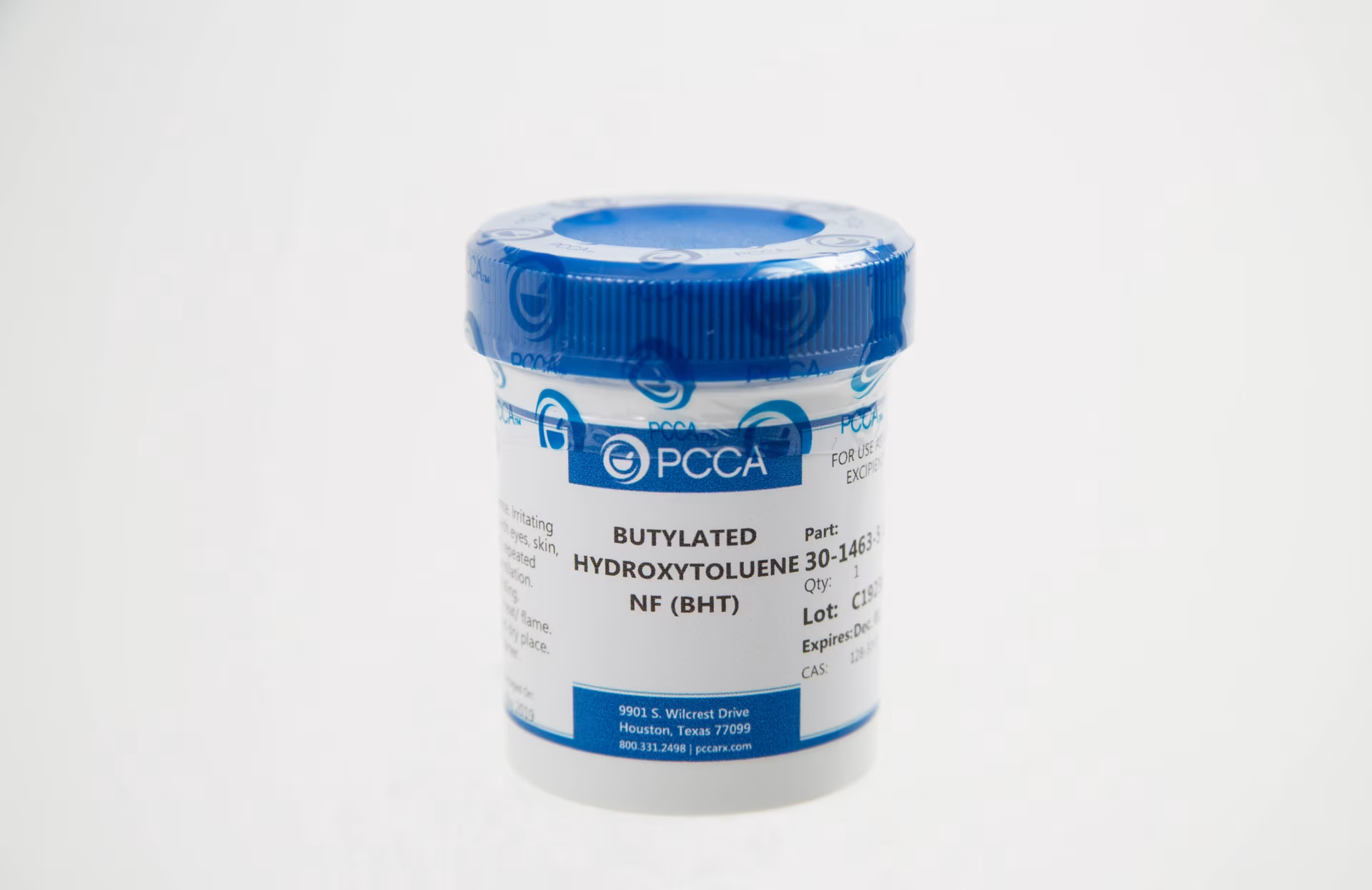
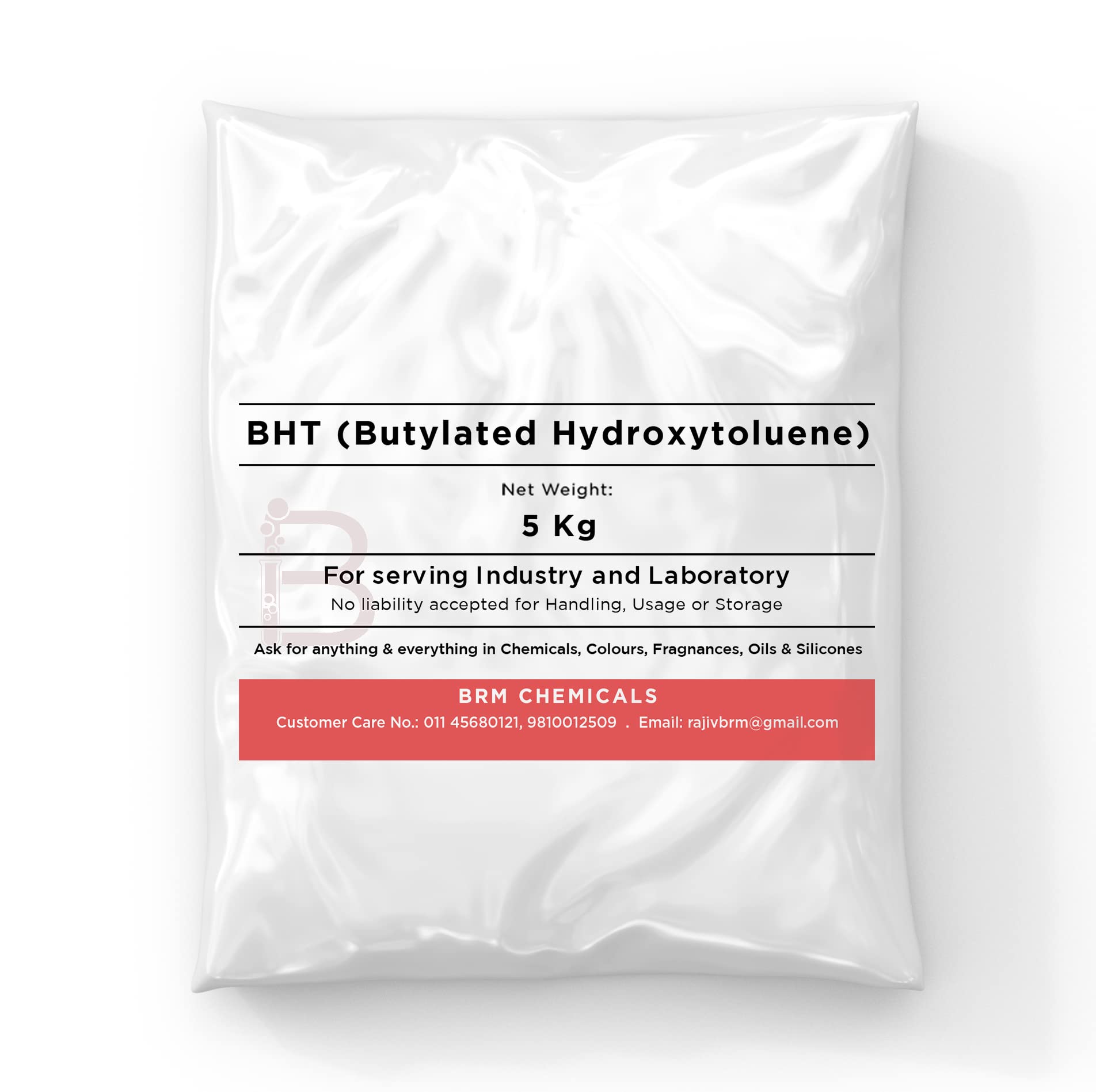
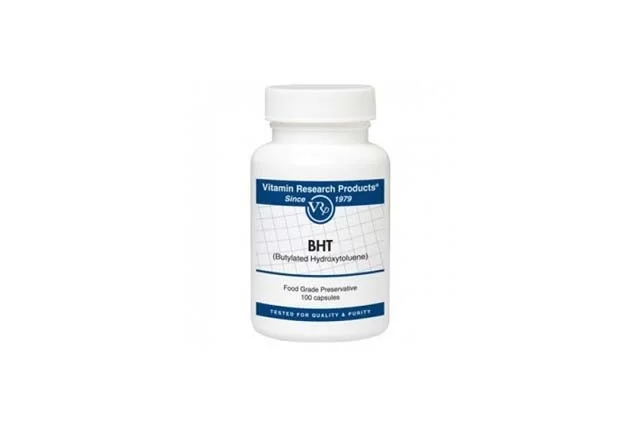
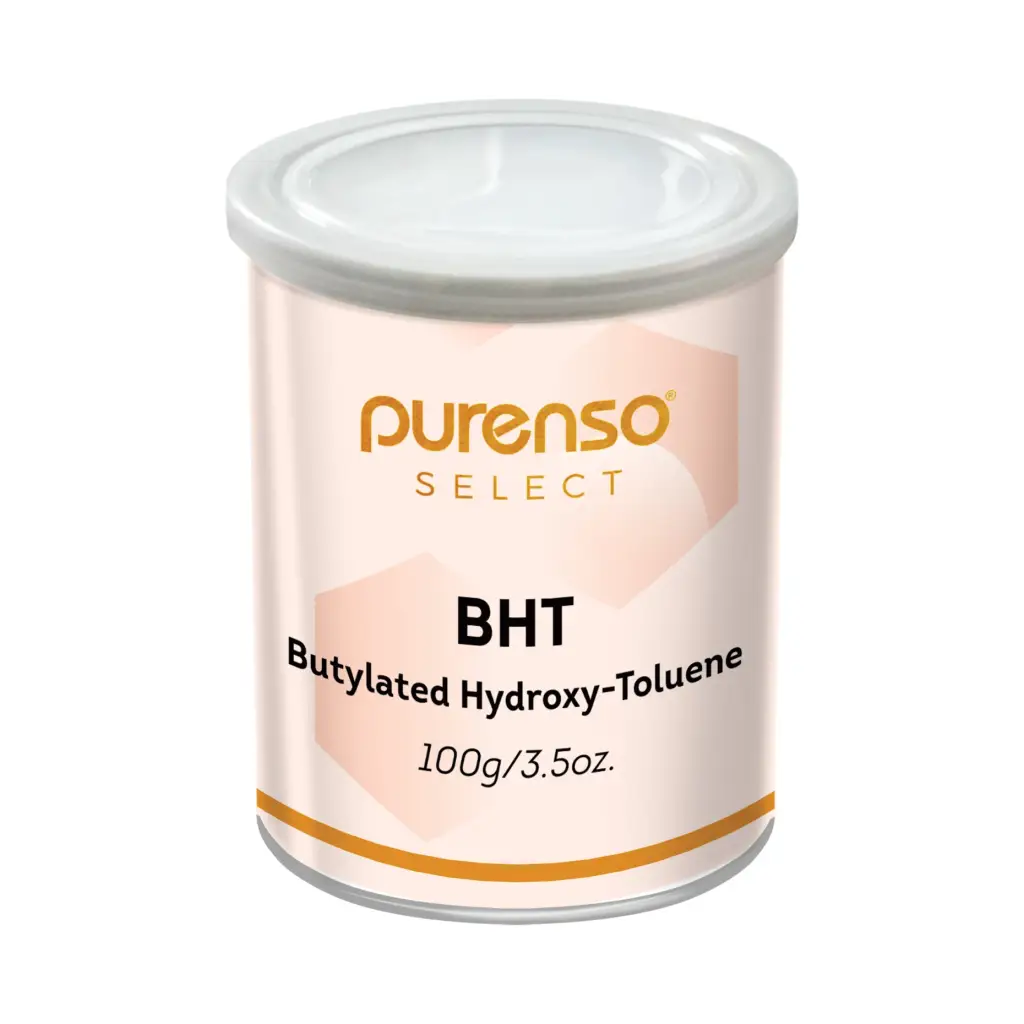
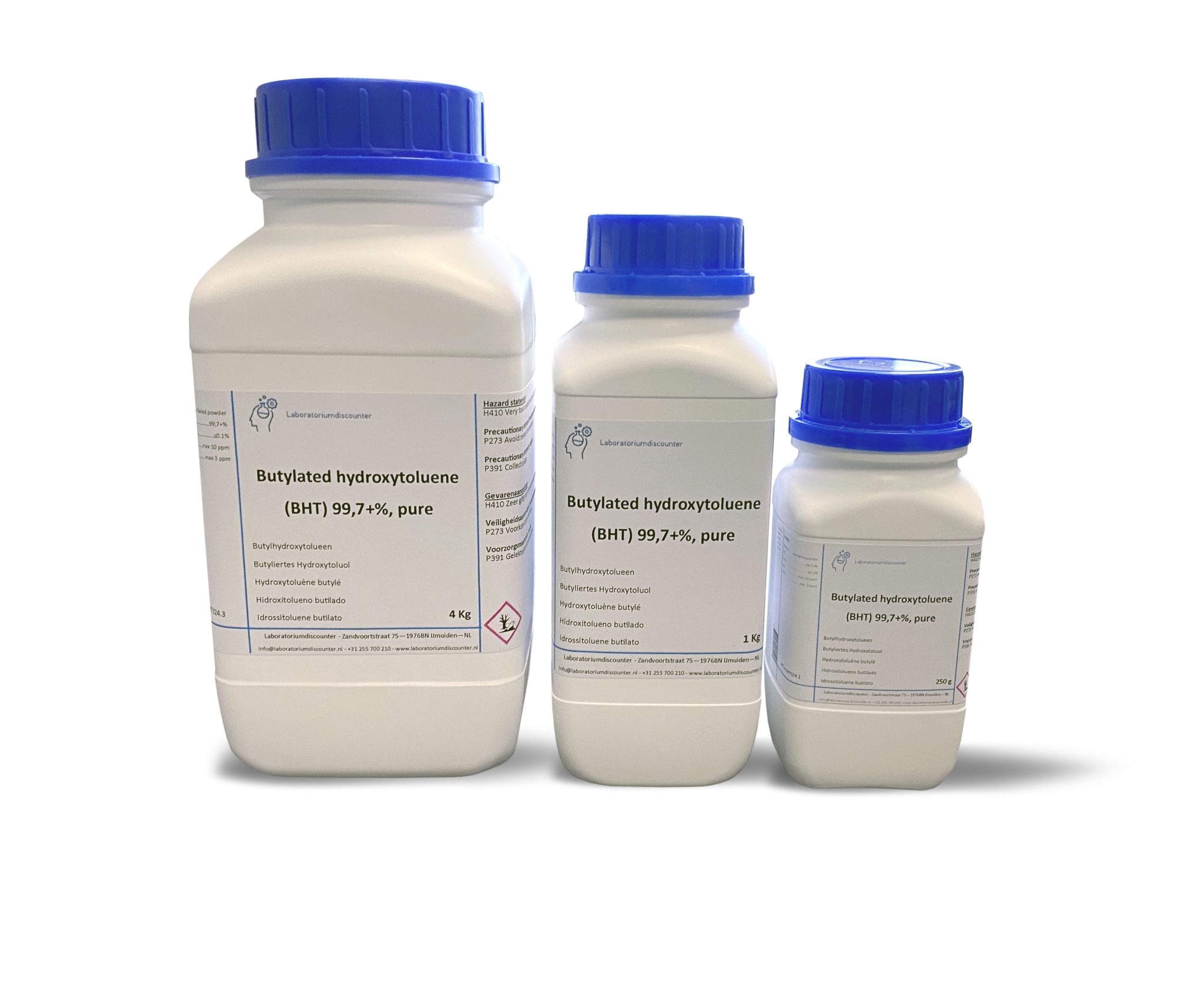


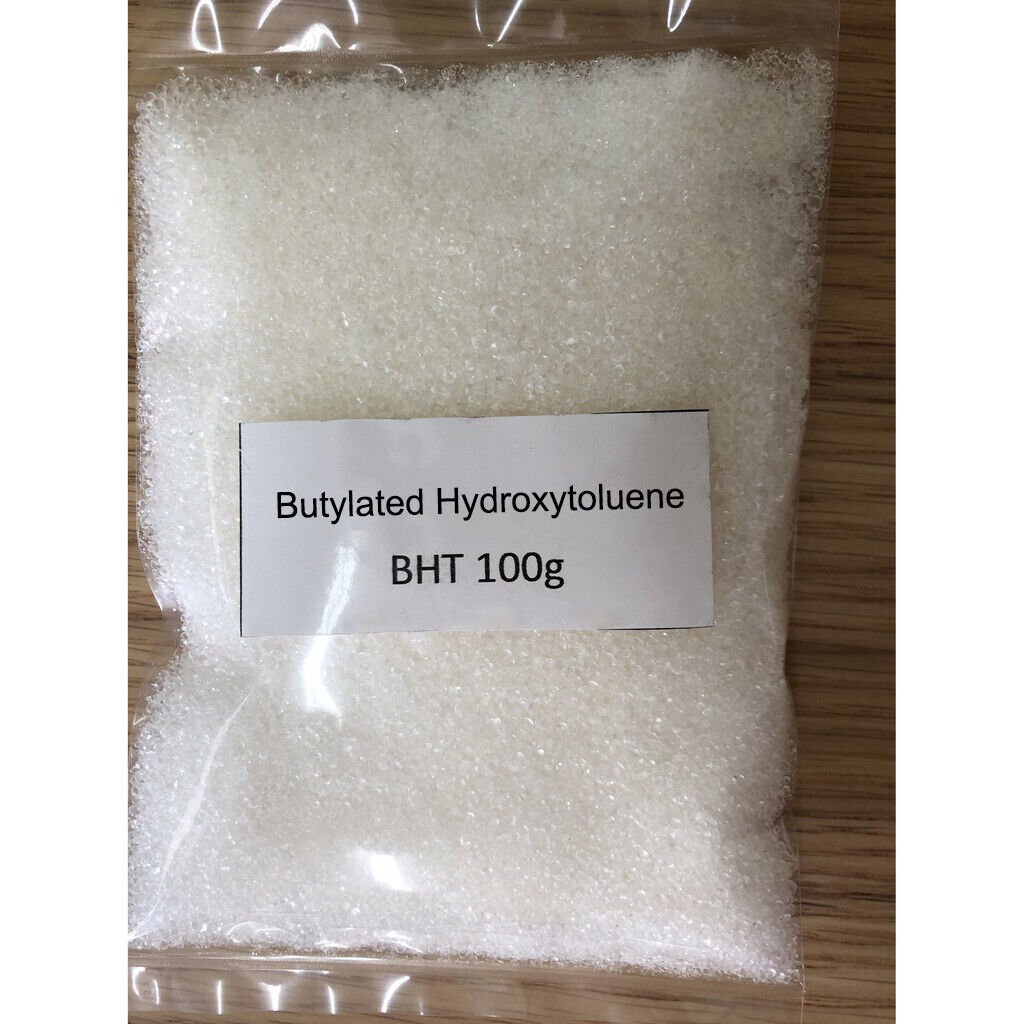

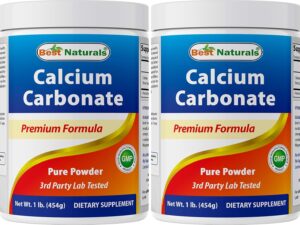
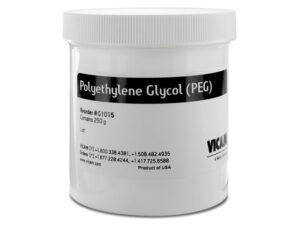
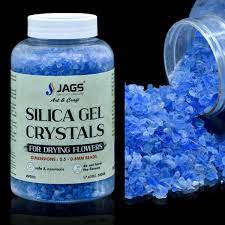
Reviews
There are no reviews yet.